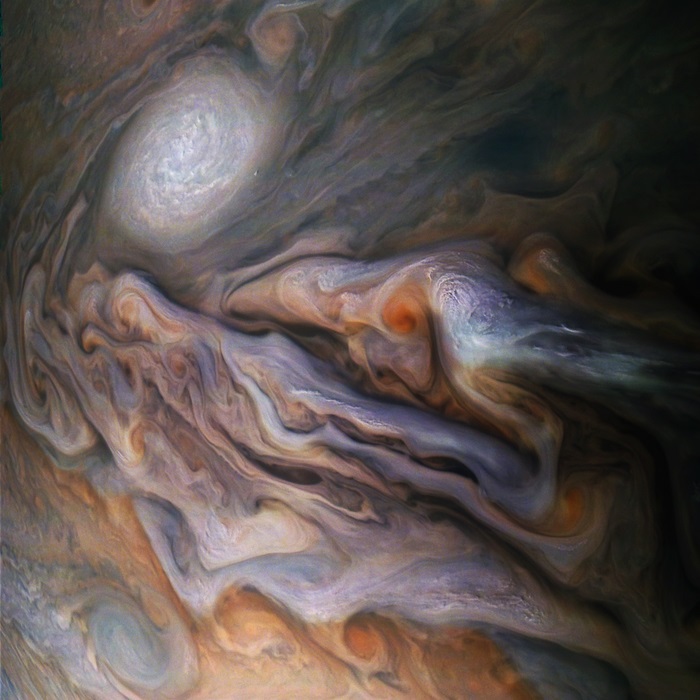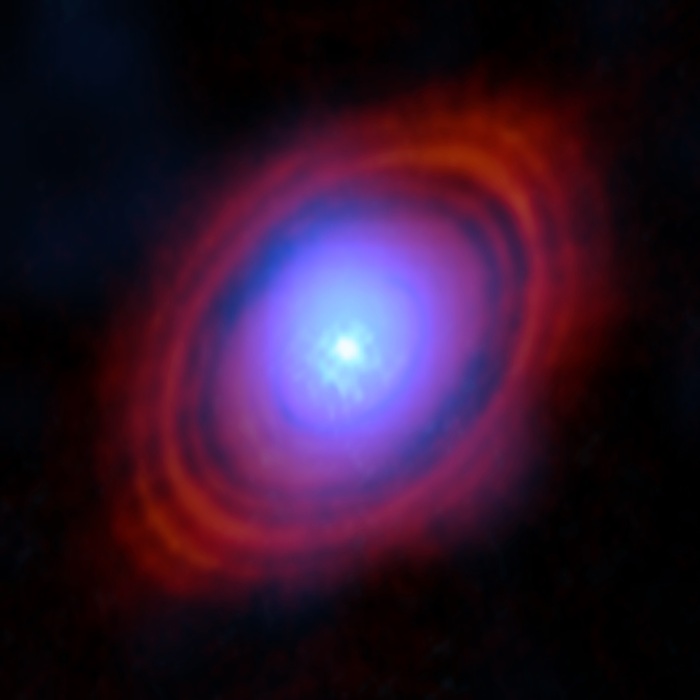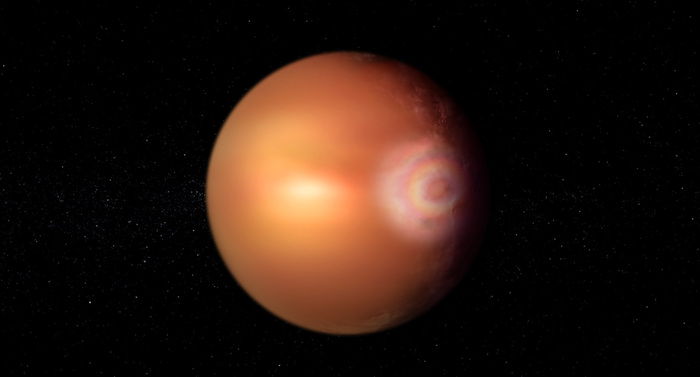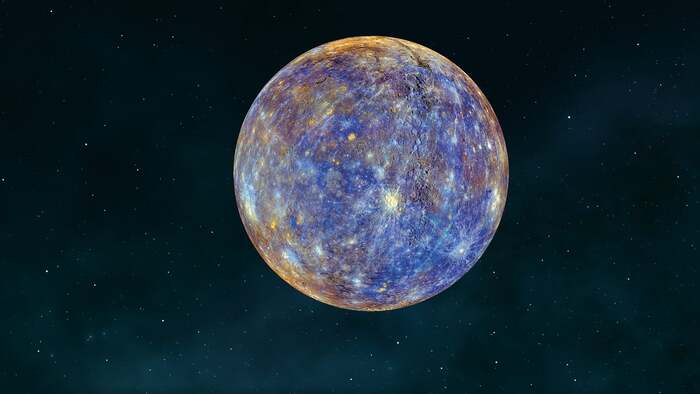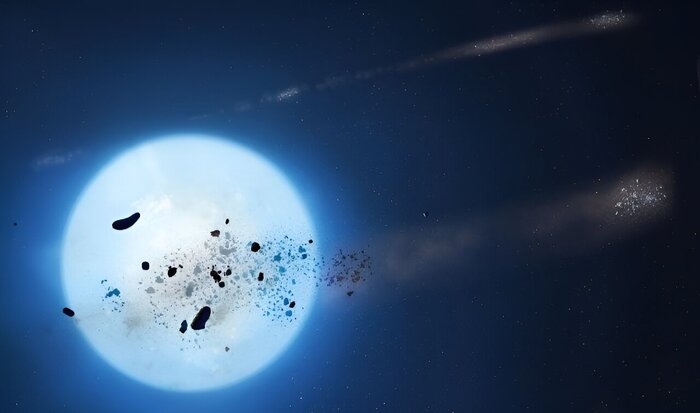The powerful cyclones that shake Jupiter's atmosphere are produced by the same physical phenomenon of convection that underlies the vortices present in the oceans of the Earth: this is demonstrated by the detailed infrared images collected by NASA's Juno probe thanks to the Italian instrument Jiram.
The study is published in Nature Physics by an international team which was also attended by researchers from the National Institute of Astrophysics (Inaf) and the Italian Space Agency (Asi).
The experts led by Lia Siegelman, oceanographer at the University of California at San Diego, analyzed a series of infrared images obtained by Jiram of the region around the north pole of Jupiter, and in particular of the cluster of polar vortices that are stationed there. .
The images, of exceptional quality in terms of resolution and spatial coverage, made it possible to monitor the movement of the clouds to calculate the speed and direction of the wind.
Next, the researchers interpreted the infrared images to estimate the thickness of the clouds: thin clouds are present in warmer regions, while cold regions show dense cloud cover that shields Jupiter's atmosphere.
These findings provided clues to the energy of the Jovian atmospheric system, showing that rapidly rising atmospheric gas within clouds is the energy source that triggers and sustains large circumpolar and polar cyclones. Juno, which arrived around the Jupiter system in 2016, is the first mission to provide a complete and detailed view of the great polar cyclones in the planet's atmosphere.
These structures have a radius of about 2,000 kilometers: eight are present at the north pole and five are above its south pole.
"We are not yet sure how these polar vortices originated or how long they have been circulating, but now - underlines the INAF researcher Alessandro Mura, co-author of the study and scientific director of the Jiram instrument - we know that the phenomenon of humid convection it is what sustains them ".

